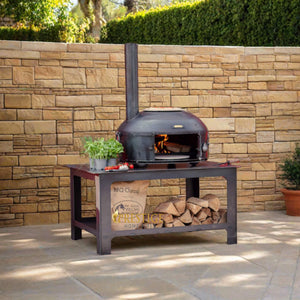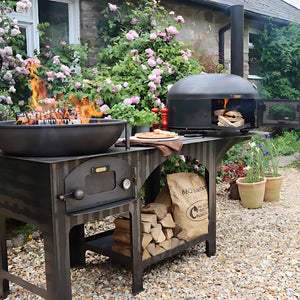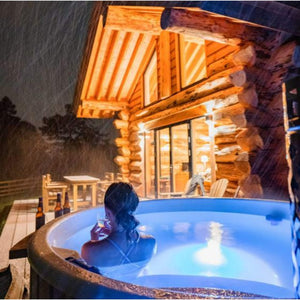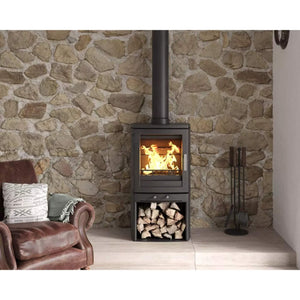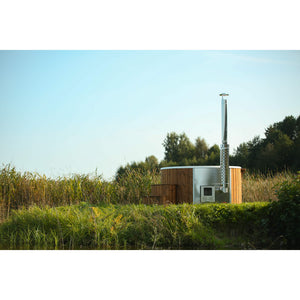Your Ultimate Handbook for Choosing the Right Stove for Your Home and the Environment

1. Types of Stoves:
Wood Burning Stoves:
- Classic ambiance with the allure of crackling flames.
- Optimal for environmentally conscious users with sustainably sourced wood.
- A timeless choice for those seeking a genuine, rustic feel.
- Versatility to burn wood, coal, peat, and other approved fuels.
- Adjustable grates for accommodating different fuel types.
- Ideal for regions with diverse fuel availability.
- Sealed combustion system for increased efficiency.
- Enhanced control over airflow, resulting in efficient heat production.
- Ideal for well-insulated homes and reduced heat loss.
- Utilizes a convection process for distributing heat.
- Evenly warms the surrounding space, ensuring consistent comfort.
- Effective for larger areas and maintaining a steady temperature.
- Prioritizes environmental sustainability with advanced combustion technology.
- Focus on reduced emissions and high efficiency.
- May include features like automatic air control for optimal combustion.
- Compliant with DEFRA (Department for Environment, Food & Rural Affairs) standards.
- Designed to reduce emissions, making them suitable for use in smoke-controlled areas.
- Environmentally friendly without compromising performance.
Gas Stoves:
Natural Gas Stoves
- Powered by the mains gas supply, making them convenient for homes in urban areas where mains gas is accessible.
- Natural gas is often more cost-effective in areas with gas infrastructure.
- Provides a continuous and reliable supply of fuel without the need for storage.
- Burns cleaner than some alternatives, resulting in fewer carbon emissions.
LPG Gas Stoves
- Ideal for homes in rural areas or places without access to the mains gas supply.
- LPG (Liquefied Petroleum Gas) is stored in tanks, offering flexibility in installation and placement.
- Burns hotter than natural gas, providing faster and more intense heat output.
- May be slightly more expensive due to fuel delivery costs but offers great versatility for off-grid heating.
Balanced Flue System:
- Balanced flue gas stoves are room sealed, meaning they don’t draw air from your living space, ensuring safety and increased energy efficiency.
- They draw all the air required for combustion from outside the home, maintaining indoor air quality.
Dual-Pipe System:
- The balanced flue kit includes a dual-pipe system, where combustion air is drawn through the outer pipe, and flue gases are expelled through the inner pipe.
- This closed system ensures a clean and efficient burn, improving the stove’s performance and lowering energy consumption.
2. Factors to Consider When Buying a Stove:
Heating Capacity:
- Tailor the stove choice to the square footage of the intended space.
- Closed combustion and convection stoves excel in distributing heat evenly.
Installation and Ventilation:
- Assess compatibility with existing chimneys or the need for a specific flue system.
- Closed combustion stoves often have sealed systems, reducing the risk of backdrafts.
Fuel Availability and Cost:
- Evaluate the accessibility and cost-effectiveness of the chosen fuel.
- Eco-system stoves prioritize sustainability with reduced environmental impact.
Aesthetics and Design:
- Harmonize the stove's design with your home's aesthetic.
- Convection stoves, with their sleek designs, offer a modern touch.
Efficiency and Emissions:
- Prioritize stoves with high efficiency and low emissions.
- Closed combustion and eco-system stoves excel in both efficiency and reduced environmental impact.
DEFRA Compliance:
- Ensure that the stove is DEFRA-approved if you reside in a smoke-controlled area.
- DEFRA-approved stoves provide an eco-friendly heating solution without compromising air quality.
Budget Considerations:
- Define a budget range, encompassing installation, fuel, and long-term maintenance costs.
- Evaluate the cost-effectiveness of closed combustion and eco-system models over time.
3. Maintenance Tips:
- Regularly clean the stove and associated components.
- Follow the manufacturer's guidelines for servicing, especially for closed combustion and eco-system models.
- Inspect and replace gaskets, seals, and filters as recommended.
In conclusion, the vast landscape of stoves, understanding the nuances of wood-burning, multi-fuel, closed combustion, convection, eco-system, and DEFRA-approved models is crucial. By weighing factors like heating capacity, design, environmental impact, and DEFRA compliance, you can make an informed decision tailored to your home's needs. Whether you lean towards the traditional charm of wood or the cutting-edge efficiency of closed combustion, the perfect stove awaits to transform your living space.
- Neil Finnerty


